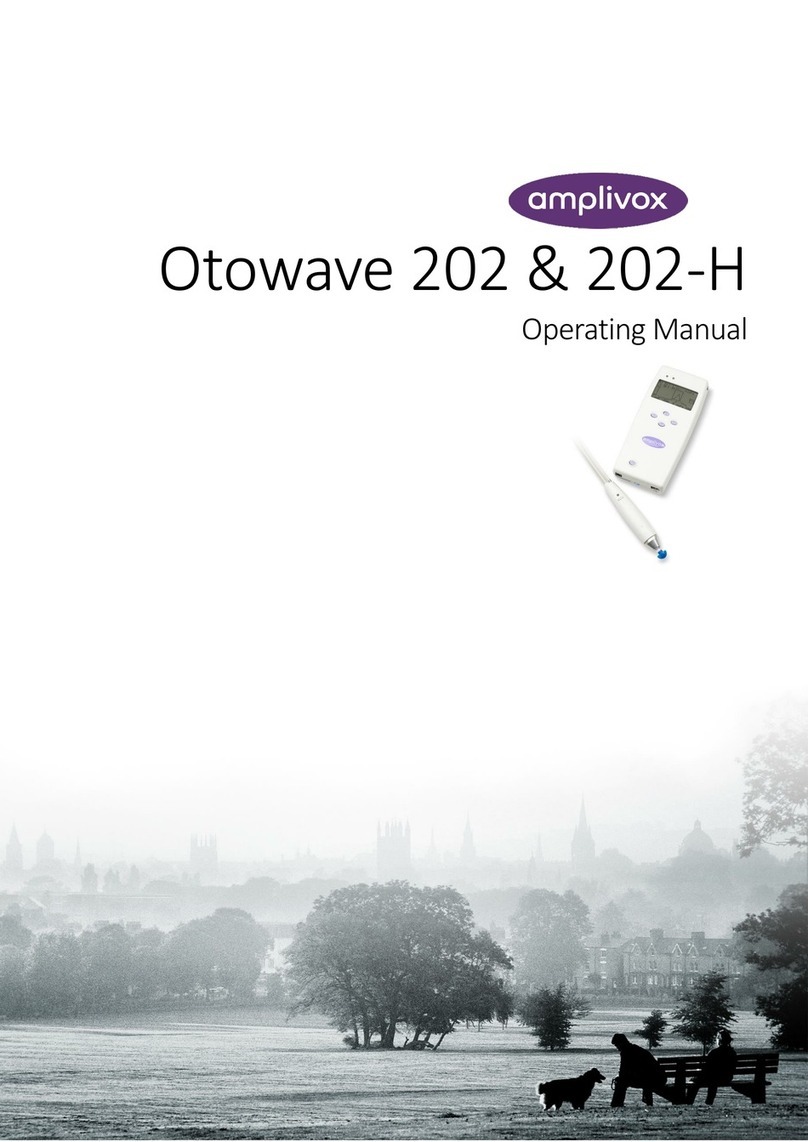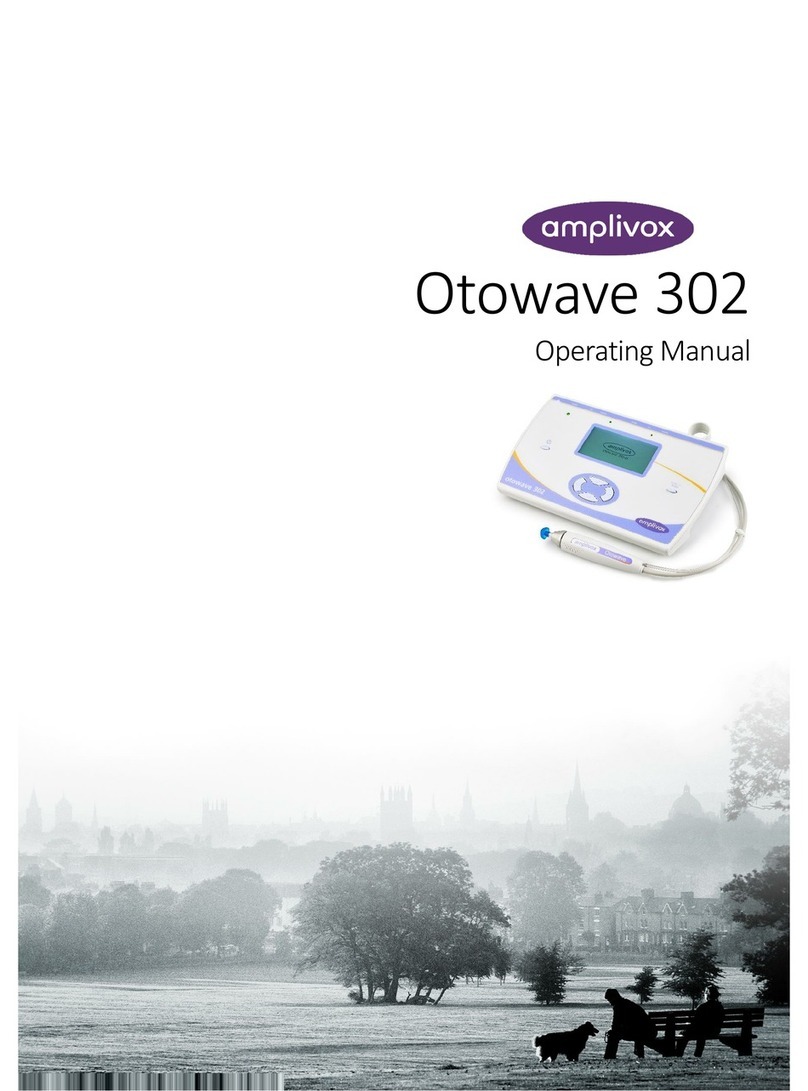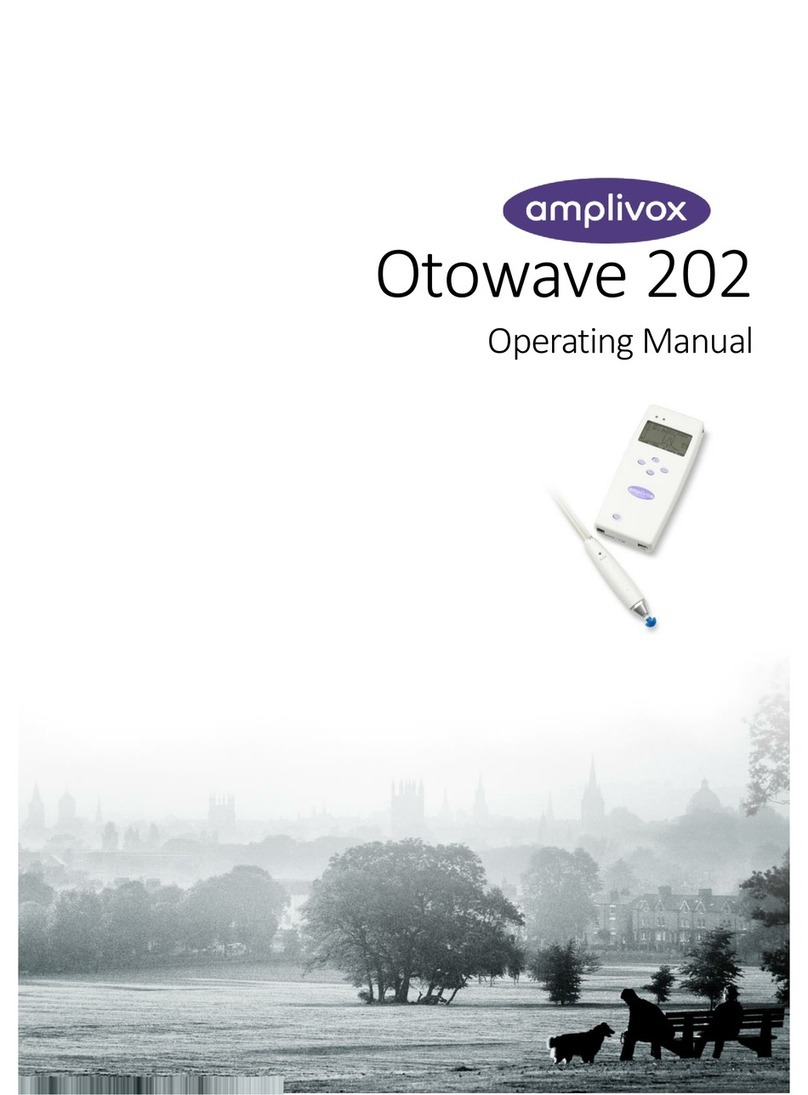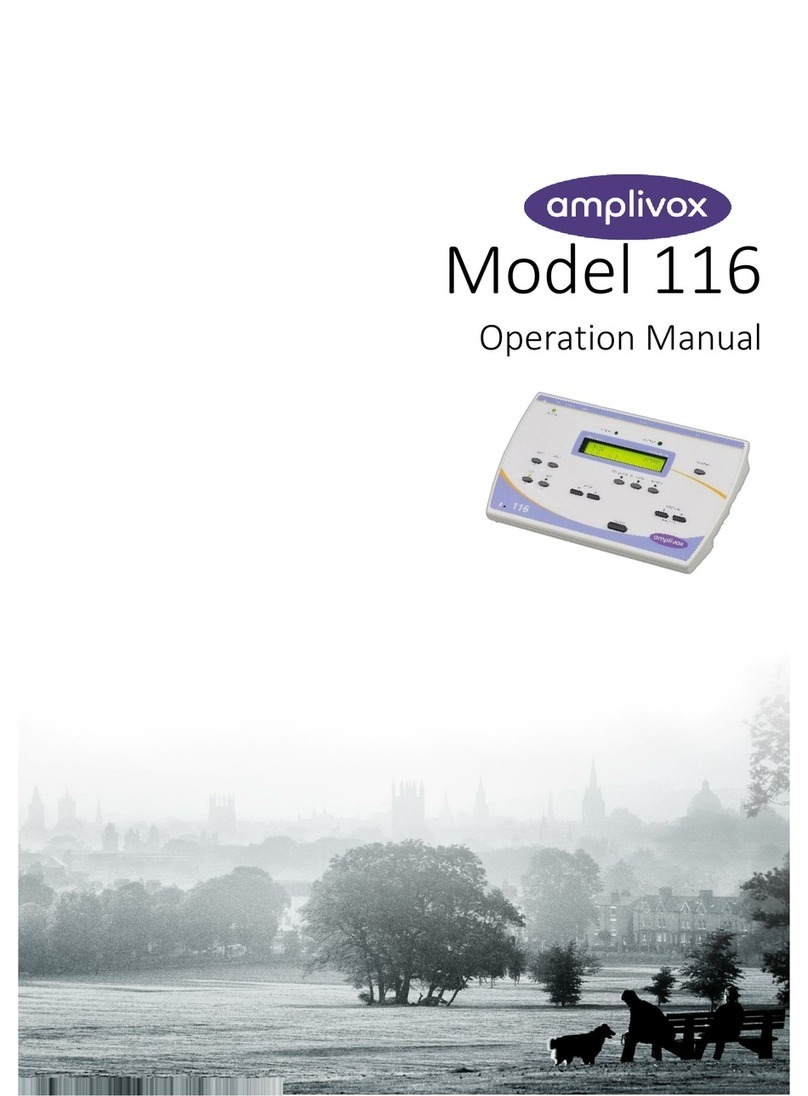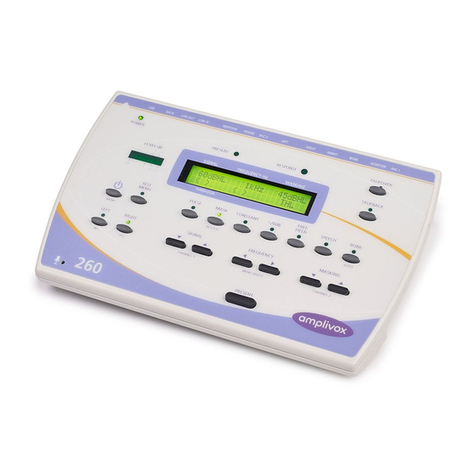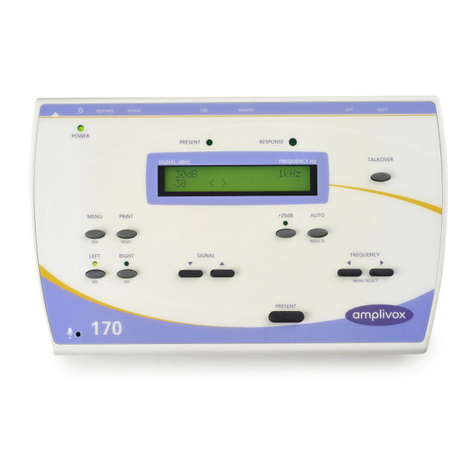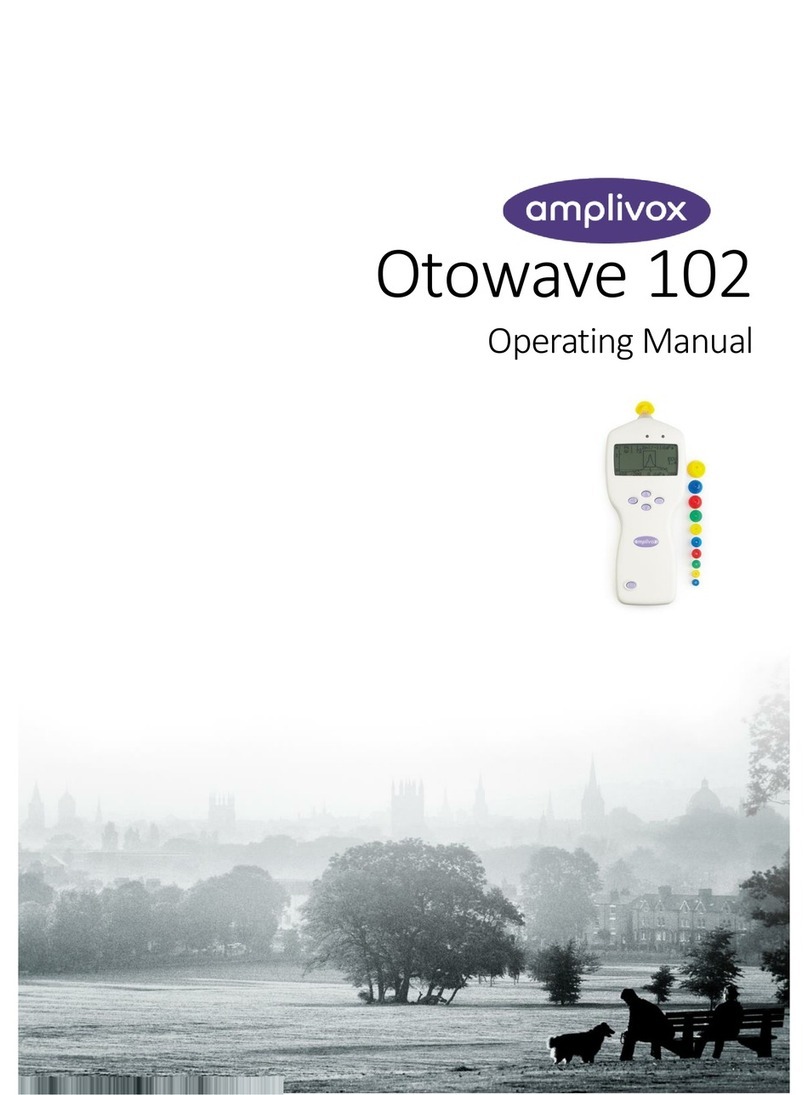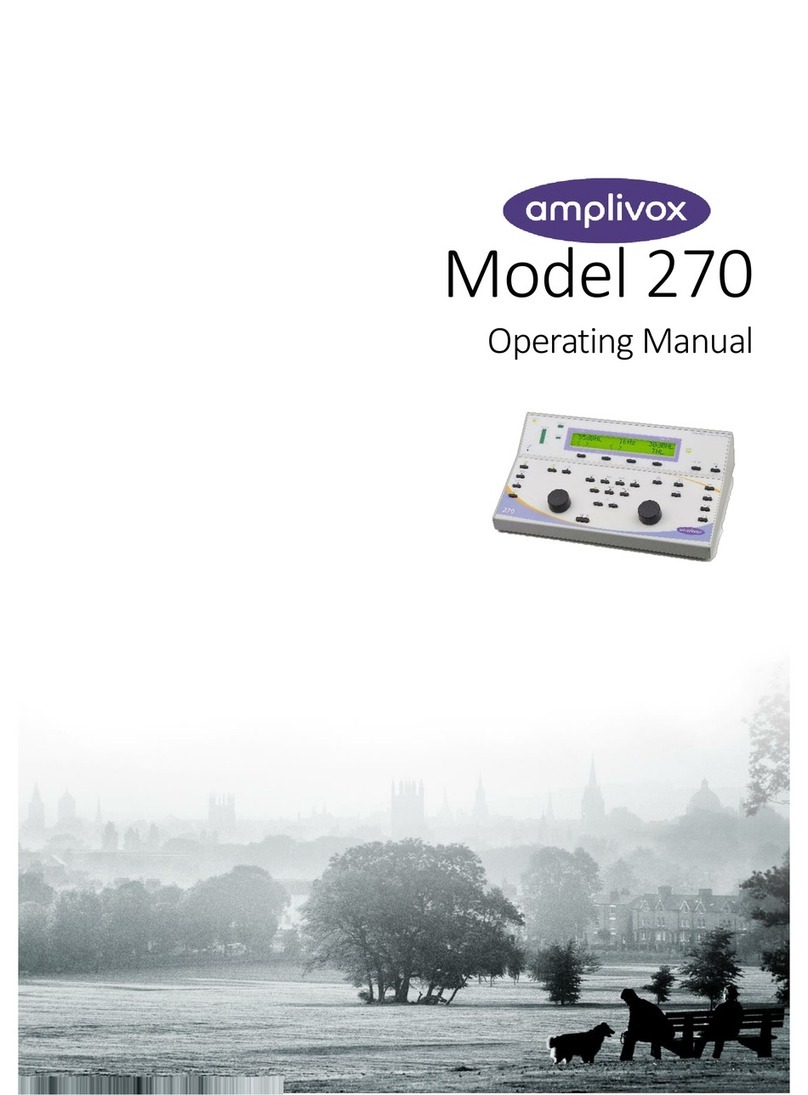i
D-0115692-C (OM031) –Otowave 202 Operating Manual
TABLE OF CONTENTS
1. INTRODUCTION........................................................................................................................................................... 1
1.1. THANK YOU ...................................................................................................................................................................1
1.2. INTENDED APPLICATIONS..............................................................................................................................................1
1.3. FEATURES ......................................................................................................................................................................1
1.4. UNPACKING ...................................................................................................................................................................1
1.5. STANDARD CONTENTS AND OPTIONAL ACCESSORIES..................................................................................................2
1.6. WARNINGS ....................................................................................................................................................................2
1.7. WARRANTY CARD (UK CUSTOMERS ONLY) ...................................................................................................................2
1.8. GUARANTEE...................................................................................................................................................................2
2. IMPORTANT SAFETY INSTRUCTIONS ........................................................................................................................... 4
2.1. PRECAUTIONS................................................................................................................................................................4
2.2. ELECTROMAGNETIC COMPATIBILITY (EMC) CONSIDERATIONS ....................................................................................4
2.3. POWER SUPPLY OPTIONS..............................................................................................................................................5
2.4. TYMPANOMETER CONNECTIONS..................................................................................................................................5
2.5. DATA TRANSFER TO A PRINTER.....................................................................................................................................6
2.6. DATA TRANSFER TO A COMPUTER................................................................................................................................6
3. PRINCIPLES OF OPERATION......................................................................................................................................... 7
3.1. OTOSCOPIC EXAMINATION ...........................................................................................................................................7
3.2. PRINCIPALS OF ADMITTANCE MEASUREMENT .............................................................................................................7
3.3. TYMPANOGRAM............................................................................................................................................................7
3.4. ACOUSTIC REFLEX MEASUREMENT ...............................................................................................................................8
4. USING THE OTOWAVE................................................................................................................................................. 9
4.1. INSTALLING & REPLACING BATTERIES...........................................................................................................................9
4.2. OPERATING LANGUAGE ................................................................................................................................................9
4.3. CONTROLS AND INDICATORS (BASE UNIT)..................................................................................................................10
4.4. INDICATORS AND SYSTEM STATUS..............................................................................................................................10
4.5. THE PROBE...................................................................................................................................................................11
4.5.1. Controls and indicators (probe).......................................................................................................................11
4.5.2. The Probe Head..............................................................................................................................................11
4.6. CONTRALATERAL TRANSDUCER ..................................................................................................................................12
4.7. START-UP AND MENU DISPLAYS .................................................................................................................................12
4.8. INITIAL SETTINGS.........................................................................................................................................................12
5. TAKING MEASUREMENTS.......................................................................................................................................... 13
5.1. PRIOR TO TESTING AND AMBIENT CONDITIONS.........................................................................................................13
5.2. EAR TIP(S) ....................................................................................................................................................................13
5.3. PERFORMING A TEST...................................................................................................................................................14
6. CONFIGURATIONS..................................................................................................................................................... 19
6.1. SWEEP SETTINGS .........................................................................................................................................................19
6.1.1. Scalar Mode –226 Hz.....................................................................................................................................19
6.1.2. Scalar and vector Mode –1000 Hz.................................................................................................................20
6.1.3. Selecting alternative display modes................................................................................................................21
6.1.4. Ear seal check.................................................................................................................................................21
6.2. REFLEX OPTIONS..........................................................................................................................................................22
6.3. SYSTEM SETTINGS .......................................................................................................................................................23
7. SAVING RESULTS IN THE INTERNAL DATABASE ......................................................................................................... 25
7.1. DATA ENTRY ................................................................................................................................................................25
7.2. DATABASE FULL...........................................................................................................................................................25

